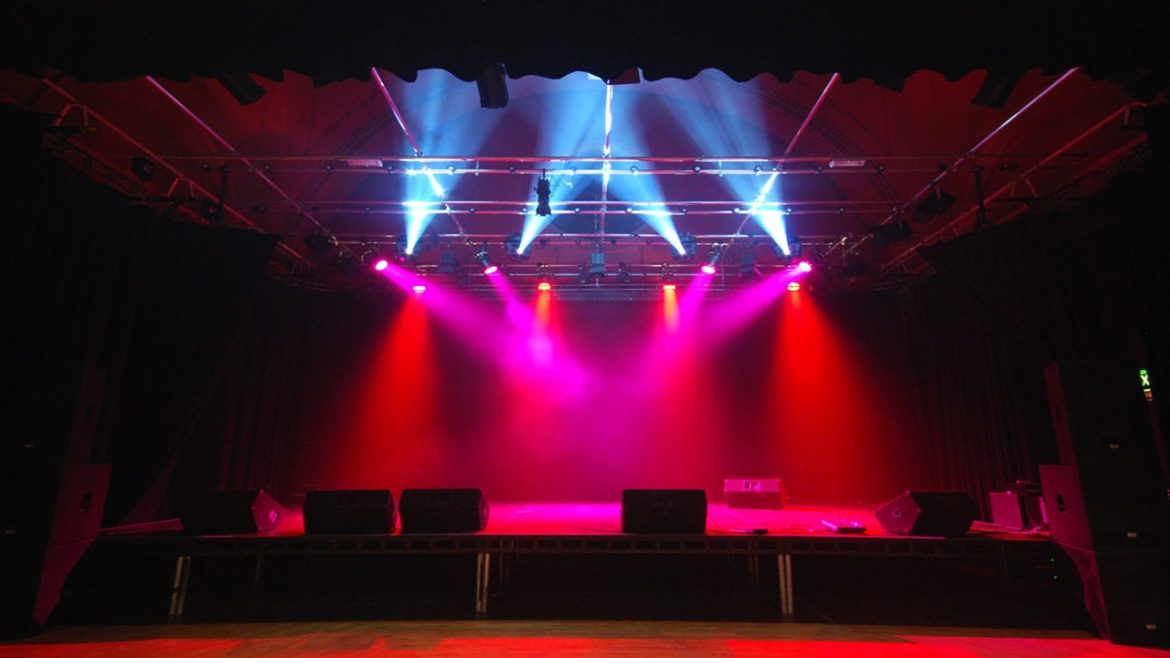Lighting is the most important feature that helps in setting a tone for any event, show, or place that one wants to create. It can be a concert, theater play, or simple party; the part that lighting plays cannot be overemphasized. One of the popular stage lighting is the PAR light. These are the most versatile lights, and for this reason, coupled with being relatively low in cost, they are very popular as an entry-level light source. For more designs in PAR lights view more at Betopper’s website. In this beginner’s guide, you will learn all that you need to know about PAR lights and how you can use them.
What Are PAR Lights?
PAR lights are known by their full name as Parabolic Aluminized Reflector lights and they are used in stage lighting. These lights are basic but effective, famous for the fact that they can create rays of light. The term PAR stands for the shape and function of the light housing that reflects light in a specific direction, thus they are ideal for producing strong beams or washes of light across the stage. PAR lights are available in different sizes and wattage, which are usually described by the diameter of the light casing. These lights are normally easy to install and can be operated hence are recommended for both beginners and professionals.
PAR lights come in many different types.
Among the available types of PAR lights today, the two main ones are the standard halogen PAR lights and the newest LED PAR lights.
Halogen PAR lights
These are the classic version of PAR lights although they have been around for many years in theatres and concerts. They reproduce natural light sources with a preference but are not nearly as energy-friendly as the artificial ones and do produce heat.
LED PAR Lights
LED technology has taken over the lighting world. LED PAR lights are more efficient and long-lasting and have multiple color choices. They can change from one color to another and one shade to another without the use of colored gels and therefore are used in most of the modern lighting designs.
How PAR Lights Are Used in Lighting Design
PAR lights can be used in many ways to complement a performance or event as they are very flexible. Here are a few common applications:
Spotlighting
PAR lights are used to light up certain sections of the stage or the performers that are on stage. This is known as spotlighting and it is important to attract the attention of the audience to some parts of the action. For instance, a singer on a stage can be illuminated by a PAR light with high intensity and white color while the rest of the band members will be in colored, but less intense light.
Wash Lighting
Another typical application of PAR lights is to provide a ‘wash’ of light over the stage or the entire area. Wash lighting is a form of lighting that gives out a general illumination in the form of soft color to create the general feel of the occasion. This is especially true for LED PAR lights since they are easy to change color.
Backlighting
Backlighting enhances the appearance of a stage setup by creating the illusion of depth. When PAR lights are positioned behind performers or objects, they produce silhouettes and the stage may seem bigger. This technique is used commonly in concerts and theater performances to make the show visually appealing.
Accent Lighting
PAR lights can also be used to highlight certain objects on a stage or during an event decoration. They can be positioned around the venue to illuminate structures, backgrounds, or objects of interest and this makes the venue look more interesting.
First-Time Setup of PAR Lights
Setting up PAR lights seems daunting to new photographers, but trust me, it is very easy if one takes his time. To set PAR lights, first, here are the basic step steps:
Choose the Right PAR Light
Depending on the requirements of the event, it is possible to use halogen or LED PAR lights. For small occasions, LED PAR lights are the most suitable since they are versatile and easy to use.
Connect to a Power Source and Control System
Almost all PAR lights, including LED ones, are compatible with a DMX controller, which makes it possible to control the light’s intensity, color, and motion. This is where the magic happens and while it may take a little practice to get the hang of the DMX control system, it is relatively easy to do.
Test and Adjust
After mounting the lights and switching them on, ensure that you take time to check on them. Change the angles, colors, and intensity to achieve the intended impact.
Conclusion
PAR lights are a versatile instrument in lighting design, which can be useful for those who are new to the sphere of stage performance or event organization. They are portable and user-friendly making them ideal for designing anything from high-impact lighting to pastel hues. As long as one knows how PAR lights operate and adheres to the guidelines, anyone can design an amazing lighting experience.

